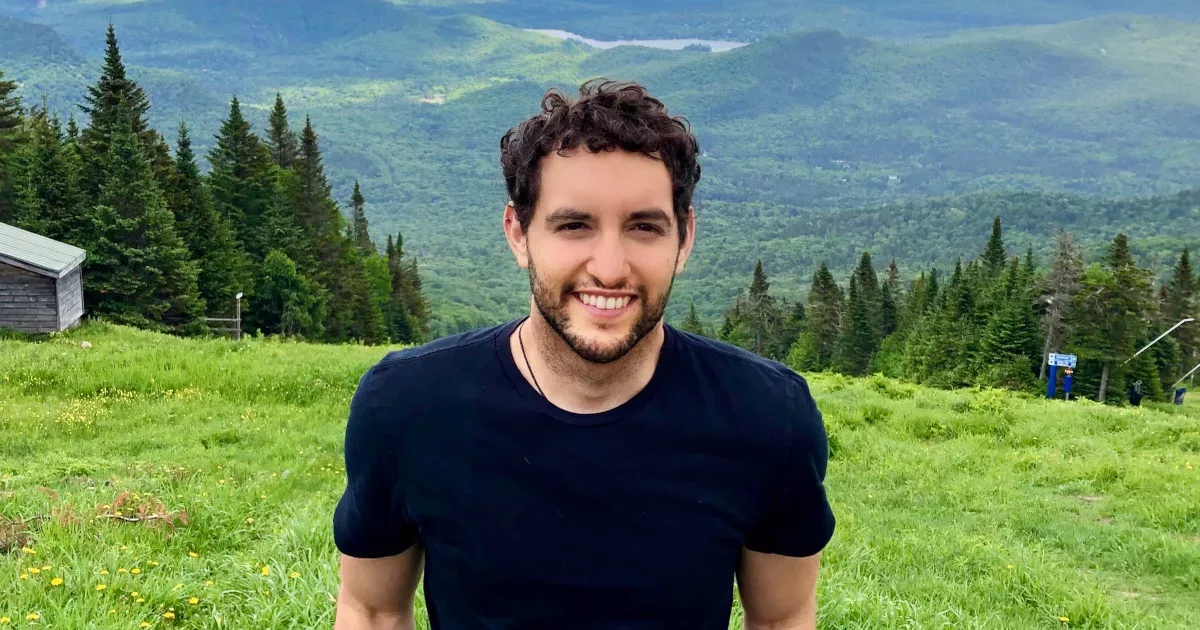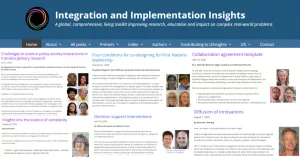Juan Camilo Serpa: “We are building the LinkedIn of sustainability”
The Sustainaibility Academic Network, SusAN in short, has been launched in March 2025, to create an online discussion and collaboration space for scientists who are concerned with sustainability

What is your current position?
Juan Camilo Serpa: I am the academic director of the Management Science Research Centre at McGill University. I specialize in sustainability and AI, and I founded the Sustainability Academic Network, susanhub.com, which is the largest sustainability platform worldwide.
What specifically is your field of expertise?
J. C. S.: My main focus is on how to implement Artificial Intelligence to enhance sustainability efforts. I am an AI and data science specialist, and I used to do supply chain. But I wanted to work about biodiversity: it started a few years ago, when I created an institute in Costa Rica to join all NGOs in the country to improve their biodiversity efforts by implementing AI.
Let’s come to the Sustainability Academic Network. Could you tell us more about it?
J. C. S.: The idea was conceived when Donald Trump launched his social network, Truth Social, for right wing people to have online discussions in their own space. I realized that environmentalists and sustainability researchers needed a similar platform to communicate and collaborate. The Sustainability Academic Network serves as a hub like LinkedIn for climate change research, enabling efficient networking and resource sharing. It has been publicly launched at the beginning of March 2025. Our plan is to invite 1.3 million sustainability professors worldwide: we are reviewing 55,000 universities in 197 countries, and we look for every single sustainability professor; then we send them a one-time invitation to join.
How many members are there already?
J. C. S.: Around 500 new users are joining every day currently. The first month, we had 300, the second month, we had around 2,000. The third month, we had 5,000. And the fourth month, we already have 15,000. If this trend stands, weare going to have around 100,000 by the end of the year.
What are the purposes and goals of the network?
J. C. S.: SusAN aims to break down silos in academia by connecting researchers across disciplines. It provides a platform for communication, data sharing, and collaboration on sustainability topics. We offer access to datasets, papers, job opportunities, and more, all focused on sustainability.
How do you avoid the clustering effect often seen in social networks?
J. C. S.: We want to break the silos that exist within universities: scientists from the business faculty do not talk to their colleagues from the engineering or from the chemistry faculty, and the latter rarely talk together either. You would be surprised also that scientists from North America talk very little with scientists from Europe, and even less from Africa or from Asia. So, we focus on identifying members by themes rather than disciplines or faculties or geographical location. For instance, instead of grouping by engineering or business, we connect researchers based on shared interests, like solar energy. This approach encourages cross-disciplinary communication and collaboration. We do the same with scientific papers: usually, a scientist looks only at specific journals in her field; with SusAN, we promote a classification by topics. That is also true for datasets.
Is the network limited to academics?
J. C. S.: First, we focus on academia due to limited resources. However, the next step is to include industries and NGOs to foster innovation at the intersection of academia and industry. Our ultimate goal is to become the LinkedIn of sustainability where everybody who is interested could join.
How is the network funded and maintained?
J. C. S.: It started with my research funding, and we have an in-kind contribution from Google, that give the server for free, for an equivalent of US $35,000. We are exploring sustainable funding models, such as offering services to institutions and accepting donations, to continue improving the platform. Any money we would be able to collect would go to the project, in a non-profit scheme.
What challenges do you see in mobilizing scientists for sustainability, beyond what SusAN can currently provide?
J. C. S.: Researchers are primarily rewarded for publishing, not for mobilizing research or creating connections. Our platform aims to change this by encouraging the dissemination and collaboration of sustainability research. We need to shift incentives to value not just publication, but also the broader impact of research.
Interview by Luc Allemand
SUBSCRIBE TO OUR NEWSLETTER
To stay up to date with our projects and the development of the EHC
Read more articles

Gian Francesco Giudice: “Ethical responsibility is essential in fundamental research”
From hypothetical black holes to environmental impact studies, CERN navigates risk, transparency, and moral responsibility at the frontiers of human

Dealing with the complexity of society and environment
A global toolkit for tackling complex problems with more than 600 different methods Ever wish you had a free toolkit

The Moon & the Global South: Voices, Risks & Promise
Researchers warn that without inclusive governance, the Moon could become “a new arena for old patterns of exclusion” When rockets

Borko Furht: “AI shouldn’t be given much autonomy without maintaining accountability”
Beyond Superintelligence: The Real Challenges of Keeping Humans ‘In the Loop’ Borko Furht is a professor in the department of